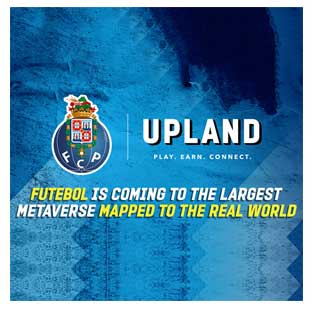How will the rise of Metaverse platforms transform Digital Marketing?

What do rapper Snoop Dogg, investment bank JP Morgan Chase, luxury brand Gucci and sportswear brand Nike have in common? These diverse brands are all convinced that the Metaverse will be the next big thing in digital and are building their presence across different metaverse platforms such as Decentraland, Sandbox, Roblox, etc.
According to Cathy Hackl, Dirk Leuth and Tomasso Di Bartolo who have co-written a book titled Navigating The Metaverse: “The metaverse is at a technology inflection point offering users the opportunity to not just be passive consumers but actively co-create the experiences and engagement they’d like to see.”
Metaverse Marketing: A New Paradigm For Digital Marketing
The rise of social media has transformed the way consumers experience brands, with their purchase decisions influenced by a host of factors, including content created by brands as well as third party content and reviews created by other users and ‘social influencers’.
The increasing popularity and adoption of popular Metaverse platforms offers brands a new touchpoint to connect with their audiences. By connecting with fans on the metaverse, brands have the opportunity to contextualize their offerings to consumers in ways that were not possible earlier.
Digital marketing experts believe that the rise of metaverses will see a new form of fan engagement that not only helps brands sell their products but will also lead to the creation of a new type of virtual brand ambassadors.

3 Paradigm Shifts That Will Impact Digital Marketing
1. Ownership of digital assets

Unlike social media where the content uploaded by users is owned by the platform, metaverses give users the opportunity to ‘own’ assets in the form of NFTs. The ownership records of these assets are stored on the Blockchain and their ‘ownership’ can be easily transferred between different users for various types of considerations, including money. This ownership mechanism incentivises users to ‘invest’ in the acquiring and collecting these assets (NFTs) with a view of selling them for a profit in the future.
Brands can leverage this trend by creating ‘branded assets’ in the form of NFTs and offering them to their fans either through contests or as rewards for their participation in the brand’s digital activations. One of the added benefits for brands is that they earn a percentage of the sale proceeds each time their NFT is resold by fans, thereby providing them with an additional revenue stream.
Case Example: Pringles created a limited edition series of CryptoCrisp NFTs.
2. Virtual Identity aka Avatars

Just the way one’s display picture is an indispensable part of one’s social identity on Web 2.0 platforms such as Facebook, Instagram or Twitter; similarly one’s avatar is a representation of them on the metaverse.
The creation of avatars presents brands with a golden opportunity to allow fans to express themselves while subliminally reflecting elements of the brand such as the logo, colours, typeface or any other brand related element. For eg. Adidas’ collaboration with Bored Ape Yacht Club.
3. Merging physical & virtual worlds

Currently most metaverse experiences are game-based. However to dismiss them as just another game is missing the woods for the trees!
Users today are looking for virtual experiences that are an extension of their real lives and this includes myriad experiences such as – a sense of community, immersion, entertainment and gamification. Brands which can provide their fans with ‘branded experiences’ that include these along with an opportunity to monetise their skills or time will emerge as winners.
Case: Upland, a Web3 platform that’s mapped to the real-world has partnered with Portuguese football club FC Porto to create a virtual stadium and bring in player NFTs to its community of fans
